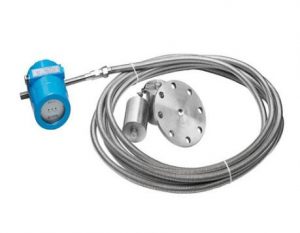The multi-point thermometer adopts a bimetal thermometer, thermocouple or thermal resistance integrated temperature transmission method, which not only meets the needs of on-site temperature measurement, but also meets the needs of long-distance transmission. It can directly measure -80- + 500 ℃ in various production processes Temperature measurement of liquid, vapor and gas medium and solid surface within the scope.
Uses: used to measure various temperature objects, the measurement range is extremely large, much larger than alcohol, mercury thermometer. It is suitable for high temperature areas such as steel making furnaces and coke ovens, and can also measure low temperature objects such as liquid hydrogen and liquid nitrogen.
Multi-point thermocouple thermometer is composed of multiple thermocouples, junction box and millivolt thermometer, additional cables and compensation thermocouples, etc. It is mainly used to measure the cylinders and total exhaust of diesel engines or other large diesel engines on ships The temperature of the tube.
1) The total error of the millivolt refers to the total error of the thermometer (divided error and error affected by the change of ambient temperature) should not exceed ± (1.5 + 0.08 | t |)% of the upper reading limit when the ambient temperature is 0— + 60 ℃.
2) Basic error of complete thermometer: ± 2.5%
3) Dimensions: millivoltmeter: 294 × 210 × 127㎜ junction box: 263 × 107 × 92㎜
4) Basic error of millivolt thermometer: ± 1.5%
5) Weight: WRF-11C millivolt thermometer 3.5㎏ WRF-22C millivolt thermometer 4㎏ junction box 3.2㎏
6) Basic error of thermocouple: accord with JJG351-96
7) External resistance of millivolt thermometer: 10 ± 0.1Ω. (Including thermocouple, compensation wire, compensation thermocouple, cable and balance resistance).

Established in 1999, located at BDA Beijing, JOYO M&C is a high-tech company focusing on R&D and manufacturing of measurement and control instruments and integrated automation systems equipment for oil terminals, tank farms, refineries and petrochemical complexes.
